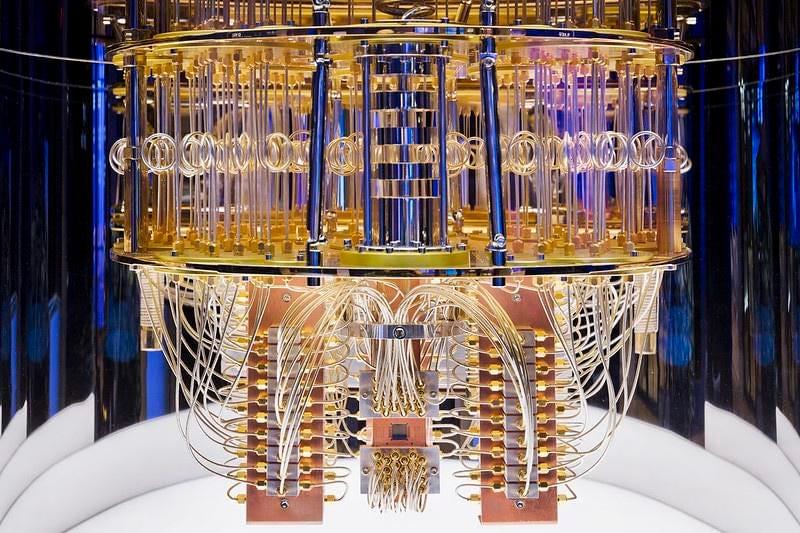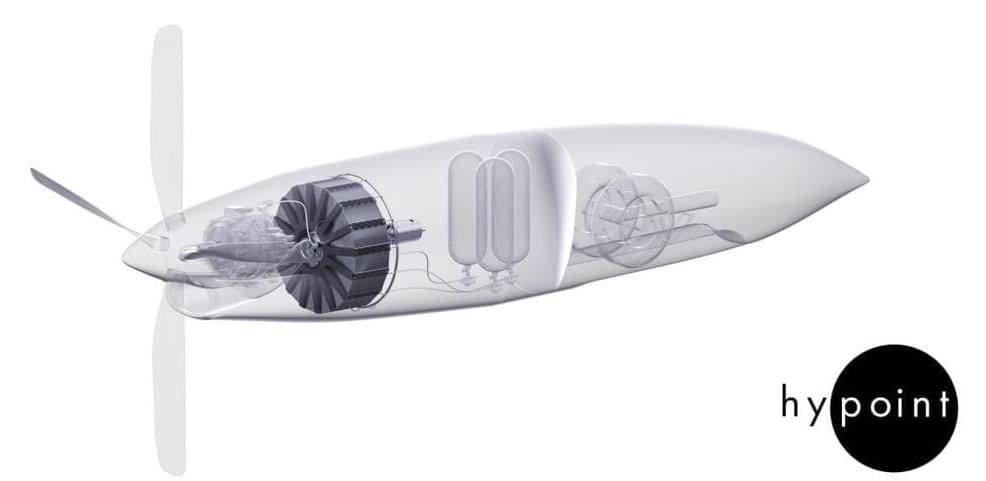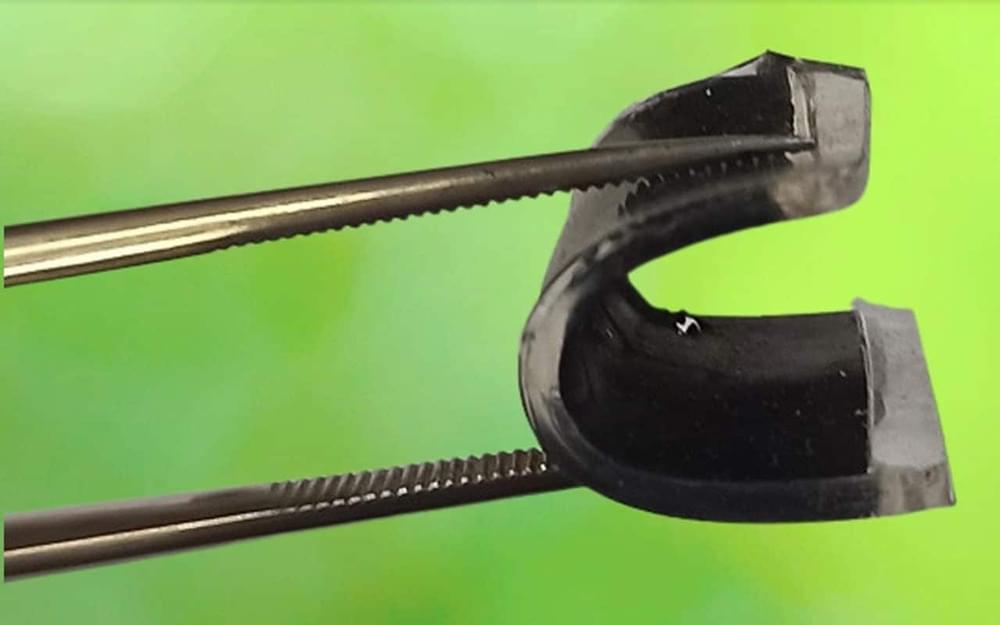Feb 11, 2022
The US Army throws $20 million into AI-equipped, foldable quadcopters
Posted by Gemechu Taye in categories: drones, mapping, robotics/AI, surveillance
The U.S. Army has awarded a $20 million a year contract to a California-based drone manufacturer, named Skydio, as part of its efforts to move away from foreign-made and commercially available off-the-shelf drones. Skydio revealed in a press release that it would supply its X2D drones for the U.S. Army’s Short Range Reconnaissance (SSR) Program.
With an aim to equip its soldiers with rapidly deployable aerial solutions that can conduct reconnaissance and surveillance activities over short ranges, the Army’s SSR program has been considering small drones for some time now. More than 30 vendors submitted their proposals to the Army, and five finalists were shortlisted for rigorous testing.
Continue reading “The US Army throws $20 million into AI-equipped, foldable quadcopters” »


















